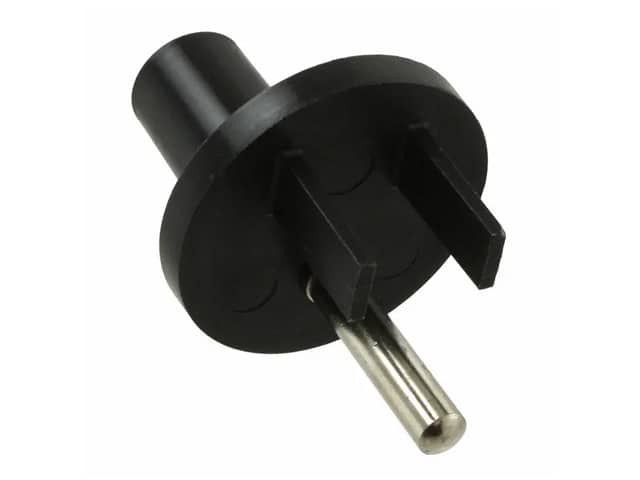Ground Plug Adapter
An earth ground connection is available in most modern laboratories via the third prong on the power receptacle for the local power system. The power system infrastructure for a laboratory building usually has a long metal probe buried in the earth, and the third prong of the electrical outlets in the building wiring is connected to this earth connection. Many scientific instruments have a three-prong power cord, which brings the earth ground connection to the instrument’s power supply. Depending on the design of the instrument, the earth ground connection may or may not pass through the power supply to the circuitry inside the instrument.
If necessary for a given experimental arrangement, a separate and deliberate connection to earth ground can be employed and done easily with the ground plug adapter. This ground plug adapter is for US-style outlets.
Customers must be logged into their account to view prices. Not all regions provide pricing online. If you do not see prices, you can obtain them from the designated sales channel in your region.



